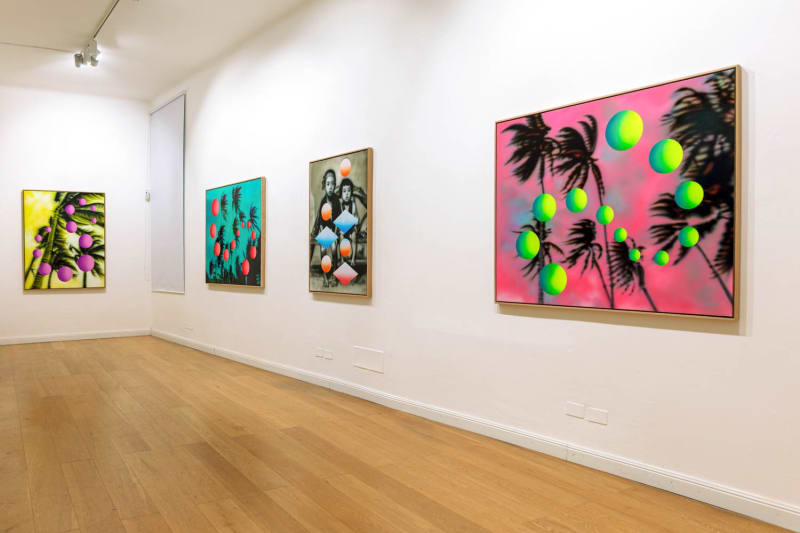27th October, 18:30 - 21:00
Corso di Porta Ticinese 87. Milan 20123.
About two decades ago, a utopic virtual imitation of the world started to be created by computer visionaries and later contributed to by almost every human on the planet. To this day, what looked as a computer joke has become a digital layer that overlaps everything, proving to be very accurate, attractive and efficient enough to modify life and solve our everyday problems.
We probably won’t know how to live anymore without the help of this digital layer. Today we live assisted by personal intelligent devices we carry in our pockets and spend more time talking to robots than to other human beings. These robots continuously force us to prove that we are human, and we answer for the sake of advancing the digital navigation, and therefore the navigation of life itself. Interacting purely with reality would not take us very far today, at least to the high efficiency standards of the performance society we have created.
REALITY IS THE NEW SPAM is a series of both physical and digital works that amuse the boost from the real to the virtual. The versatile in harmony with the rigid. Ourselves versus our social avatars. The satellite locations overlapping the landscapes. The blurred next to the “hard edge”. A lifelike image against a vectorized field. The innate touching the man-made. Intelligence versus artificial Intelligence. Somehow, a meditative depiction of our present days.
Raúl Cordero was born in Havana, Cuba and received his education at the Academia San Alejandro (Havana), Instituto Superior de Diseño (Havana), and Rijksakademie Van Beeldende Kunsten (Amsterdam, Netherlands). As a native of Cuba, art critics and viewers, alike, inherently expect Raúl Cordero’s works to be imbued with Revolutionary politics. However, instead, Raúl Cordero investigates the universal struggles of the post-technological world. Because of their relatability, works by Raúl Cordero can be found in public collections globally, such as in the Musée National d’Art Moderne Centre Pompidou (Paris, France), Los Angeles County Museum of Art (California, United States of America), El Museo Nacional de Bellas Artes (Havana, Cuba), and The Stedelijk Museum voor Actuele Kunst (Ghent, Belgium).

